Within-subjects designs have greater statistical power than between-subjects designs meaning that you need fewer participants in your study in order to find statistically significant effects. A within-subjects design refers to a study design where two or more measures are obtained from a sample of subjects.
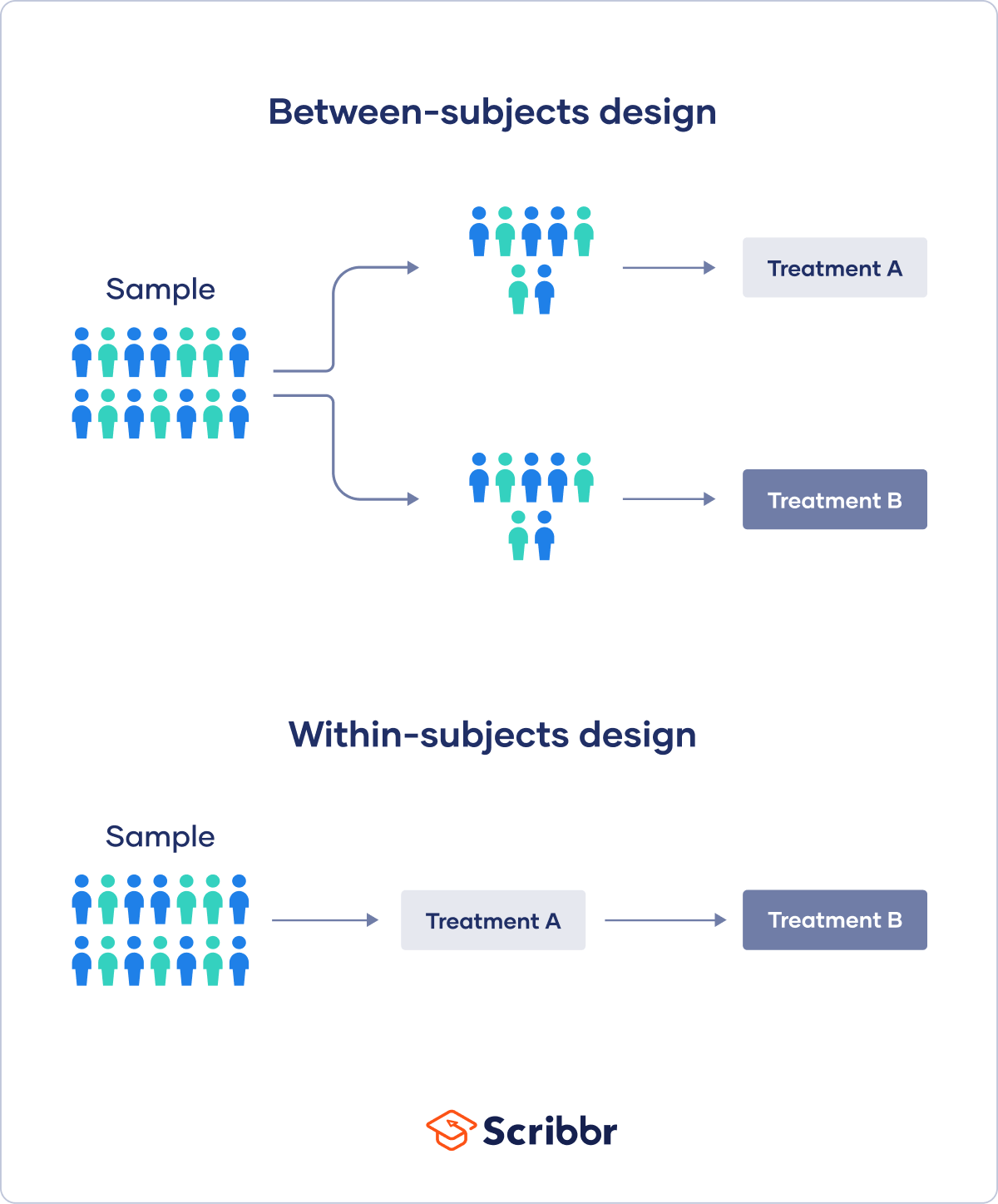
Within Subjects Design Explanation Approaches Examples
Both Within- Between-S IVs.
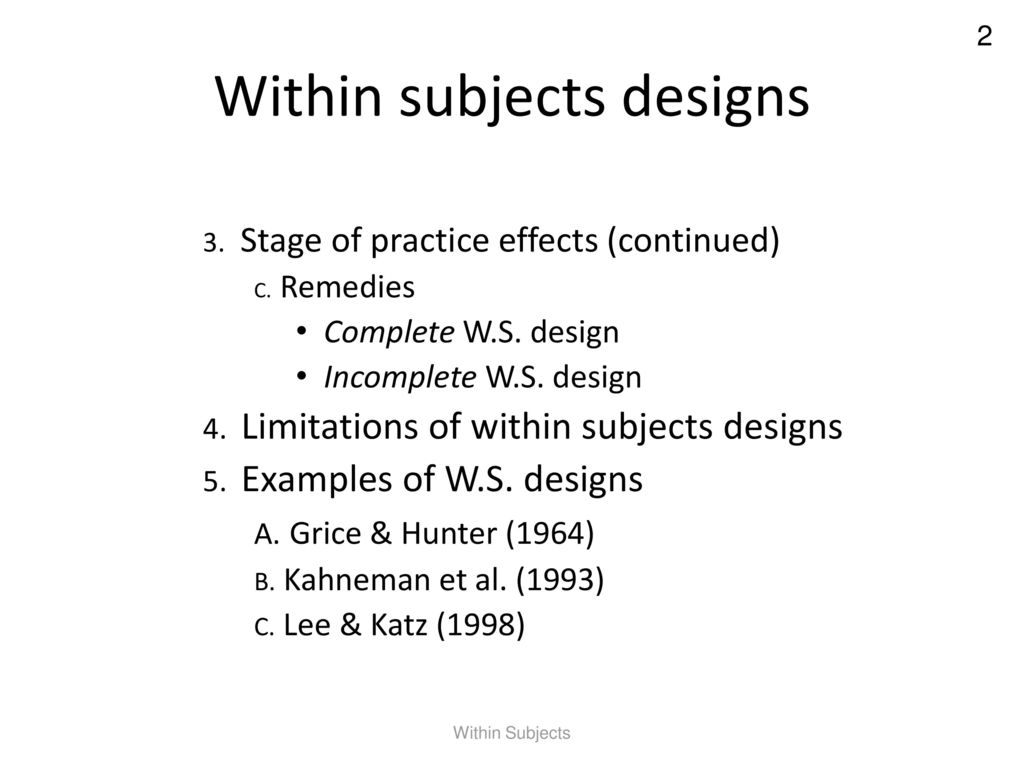
. Within-Subjects Designs Basic Within-Subjects Repeated-Measures Design. 2 So one group of participants would receive one treatment while another group would receive a different treatment. Between-subjects versus within-subjects design Youre planning to study whether taking a nap your independent variable after a learning session can improve test scores your dependent variable.
More than 1 IV. A between-subjects design is the opposite of a within-subjects design where each participant experiences every condition and the differences in the conditions happen within a given subject across conditions. Explicit Memory in Amnesics vs.
Emilys study is an example of a within-subjects design which is sometimes called a repeated measures design. Three common circumstances lead to within-subjects designs. You can use either a between-subjects or a within-subjects design.
For example assume that in the case of our car-rental study we were also interested in knowing how participants younger than 30 perform compared with older participants. Due to the nature of the research question your participant design will be a within-subject design. If you use a between-subjects design you would split your sample into two groups of participants.
Within-Subjects Designs Basic Within-Subjects Repeated-Measures Design. This within-subjects design can be compared to what is known as a between-subjects design. Ad Over 27000 video lessons and other resources youre guaranteed to find what you need.
For example the between-subjects version of a standard t-test requires a sample size of 128 to achieve a power of 80 whereas the within-subjects. This type of design is also referred to as a repeated measures design. The field of.
Advantages Disadvantages of Wi-Subjects Designs. Within-Subjects Design Example. Learn vocabulary terms and more with flashcards games and other study tools.
Within-subjects design over time Consider yourself a social researcher. For example assume a psychiatrist is looking for new medication to treat patients with Obsessive-Compulsive Disorder OCD. First each subject is observed repeatedly in different conditions and the same measure is used as the.
You gathered a large sample of participa. For example math achievement of students before and after an intervention. In a between-subjects design people are only assigned to a single treatment.
Examples of within-subjects design Example 1. For example one group might receive an experimental drug at four different times a control group receives a placebo and the goal is to compare the groups at time 1 at time 2 at time 3 and at time 4. The fitness industry is consistently creating new fitness and diet programs for its clients.
Explicit Memory in Amnesics vs. Age with 2 levels. This problem is a special case of a split-plot or a between-by-within subjects design.
This type of experimental design is when one set of participants are tested more than. Using a within-subjects design. This is different than the between-subjects t-test because individuals are in both of the two comparison groups.
Another common example of a within-subjects design is medical testing where researchers try to establish whether a drug is effective or whether a placebo effect is in order. A within-subjects or repeated-measures design is an experimental design where all the participants receive every level of the treatment ie every independent variable. Start studying Within Subjects Design.
For example in a candy taste test the researcher would want every participant to taste and rate each type of candy. Businesses often test the potential success of different marketing strategies for their products. Like in the previous example your experiment will most likely be composed of single or multiple reading tasks and your stimuli will be text excerpts.
If your study involves both a within-subjects. You are studying the effects of time the independent variable on perceptions of the pandemic and coronavirus the dependent variable. For example assume a psychiatrist is looking for new medication to treat patients with Obsessive-Compulsive Disorder OCD.
Under 30 over 30. For example if you are conducting a taste test and the same participants drink several flavors rating their reaction each time then flavor is a within-subjects factor and your study is said to use a within-subjects design. A research group is looking to test a new medication to treat people with Post Traumatic Stress Disorder PTSD.
The researchers in the crudest form of the test will give all of the participants. Data collection for within-subjects design sessions takes longer because each participant. In this case we would have two independent variables.
Within-subjects studies are typically used for longitudinal studies as researchers can assess changes within the same group of subjects over an extended period of time. A within-subjects factor is an independent variable in which participants are exposed to more than one level. It is possible that an experiment design is both within-subjects and between-subjects.
The differences between the two groups would then be compared. Examples of between-subjects design Marketing. Emilys study is an example of a within-subjects design which is sometimes called a repeated measures design.
The within-subjects or repeated measures or paired-samples t-test is a very common statistical method used to compare mean differences between two dependent groups.

Between Subjects Vs Within Subjects Study Design

Within Subject Design Repeated Measures Design

6 831 L27 Experiment Design Analysis
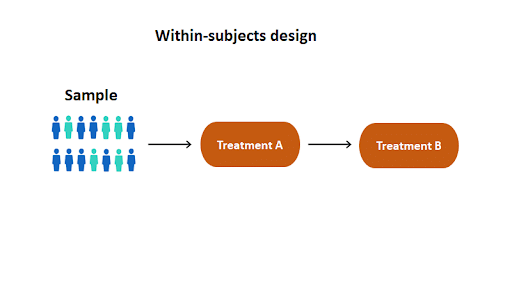
Within Subjects Design Explanation Approaches Examples
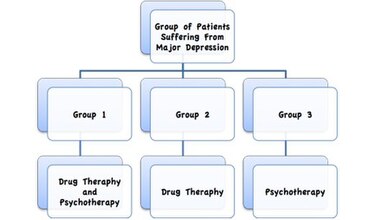
Between Group Design Wikipedia
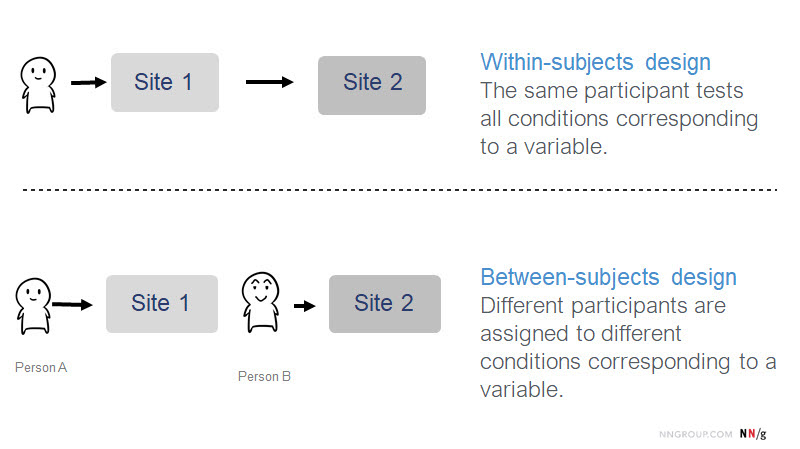
0 komentar
Posting Komentar